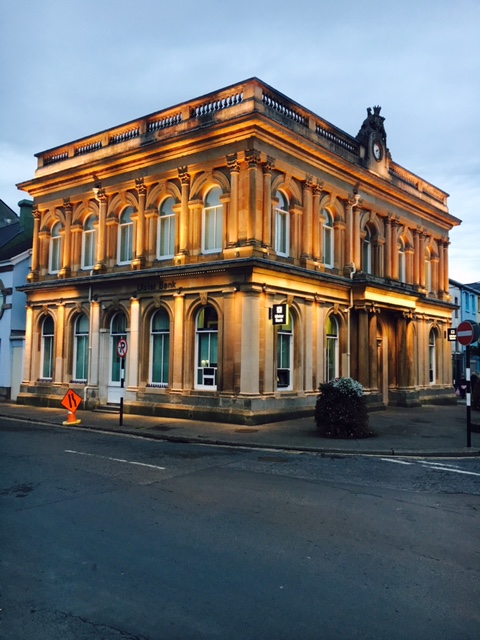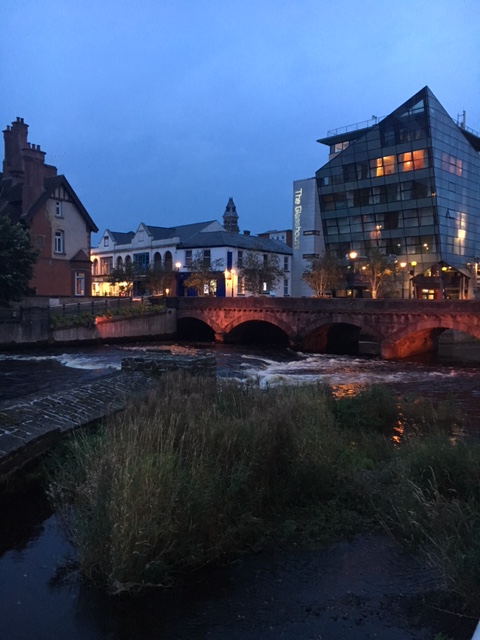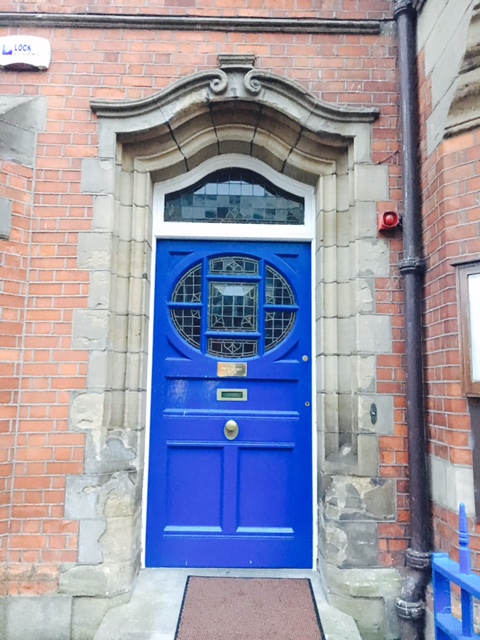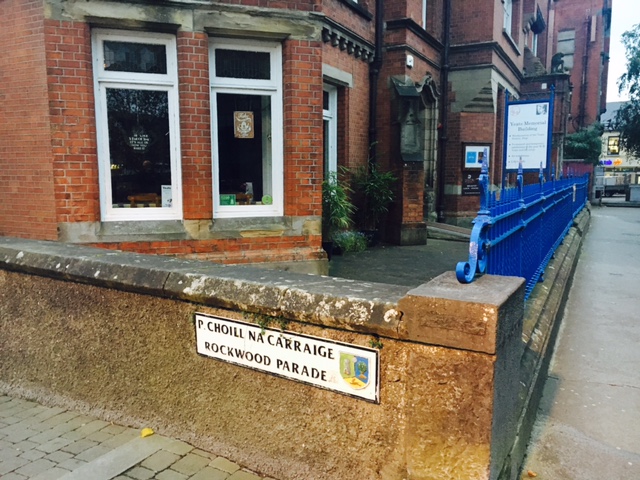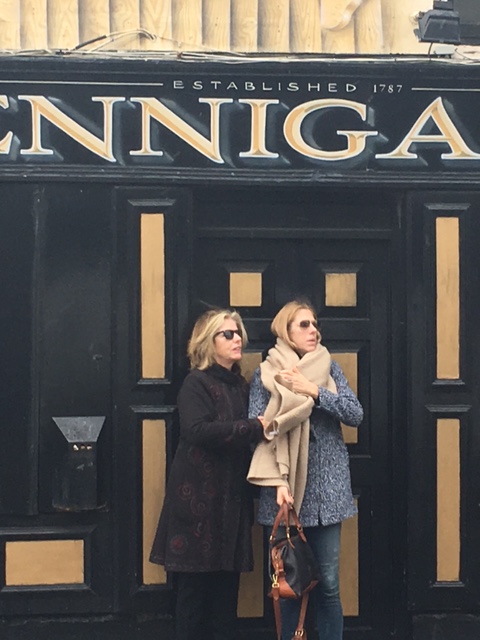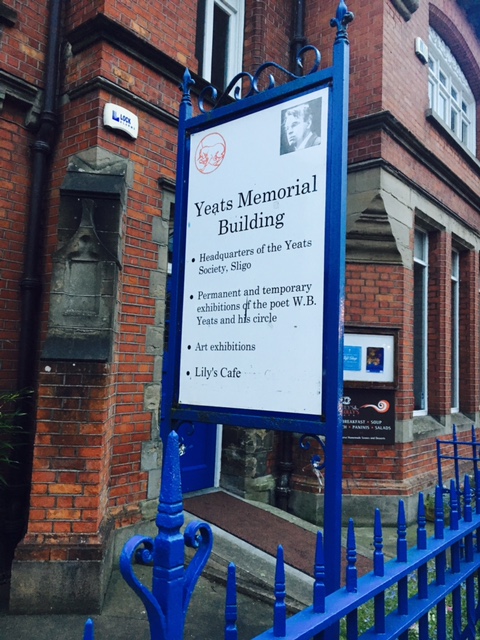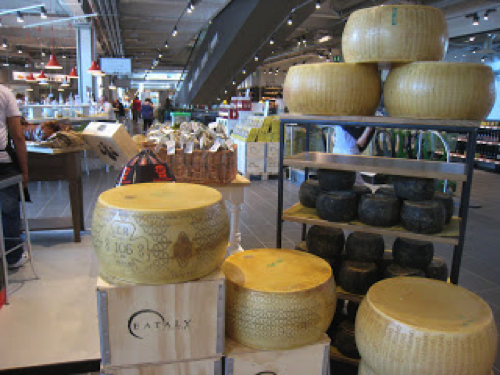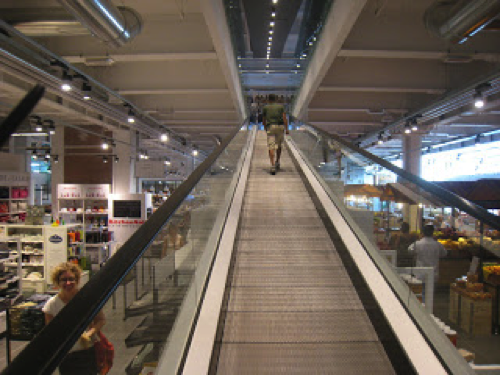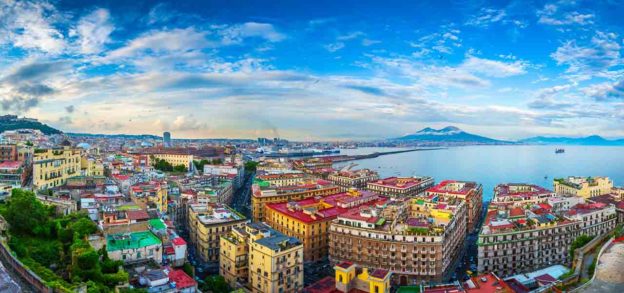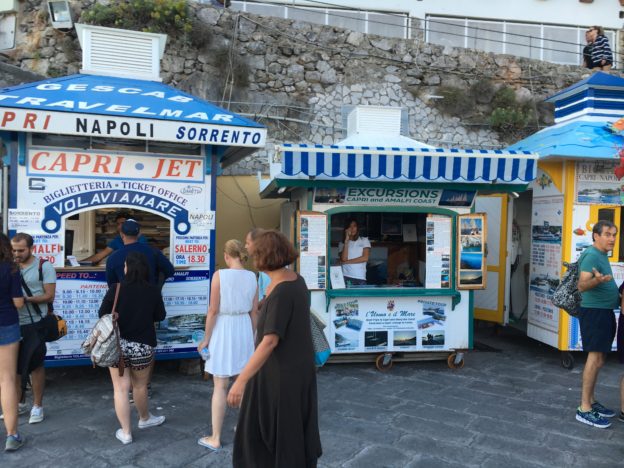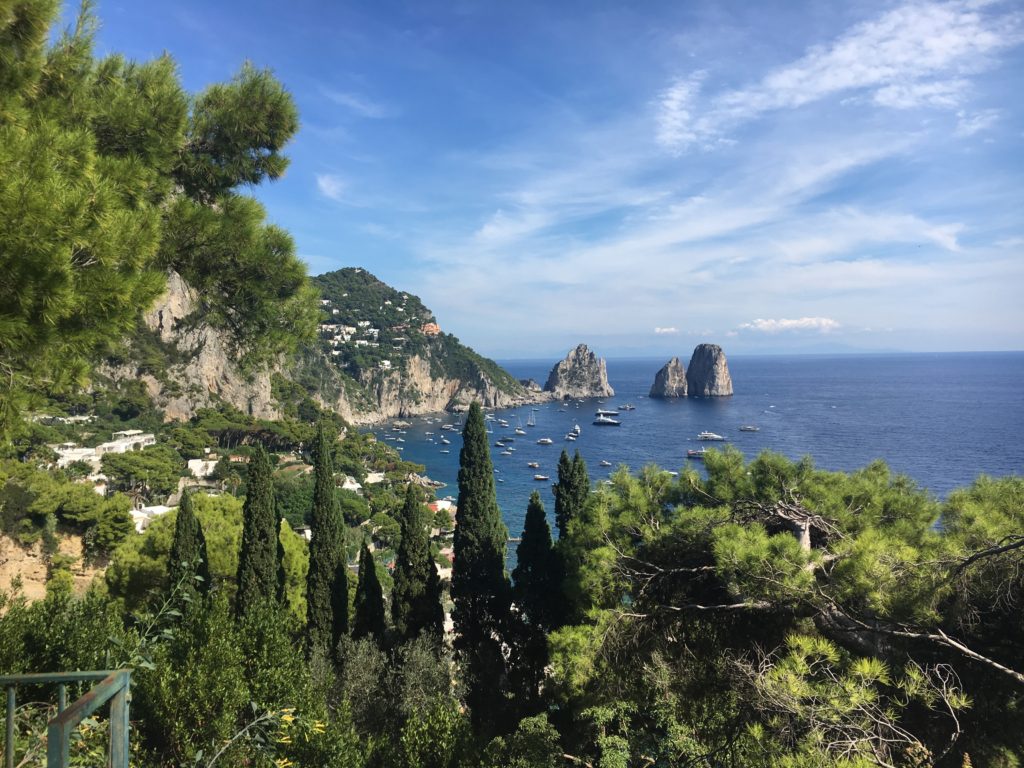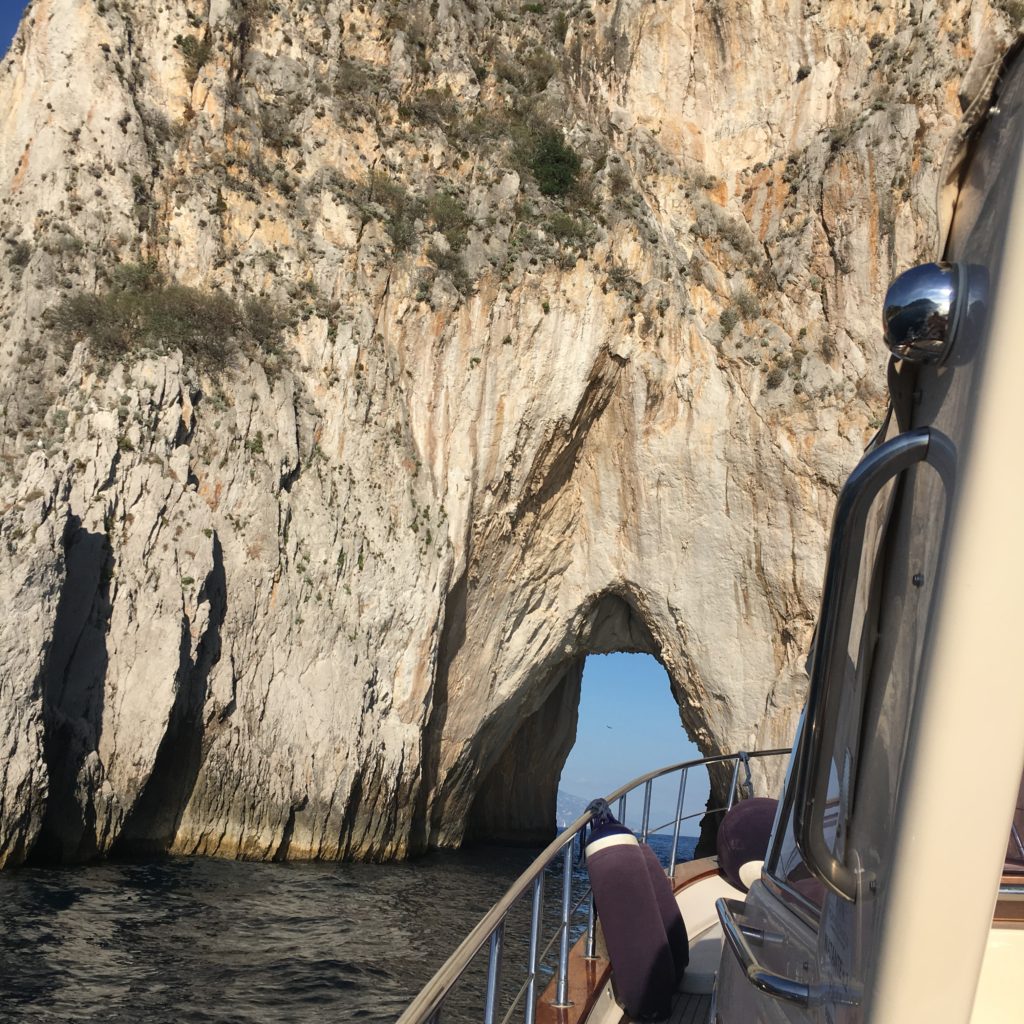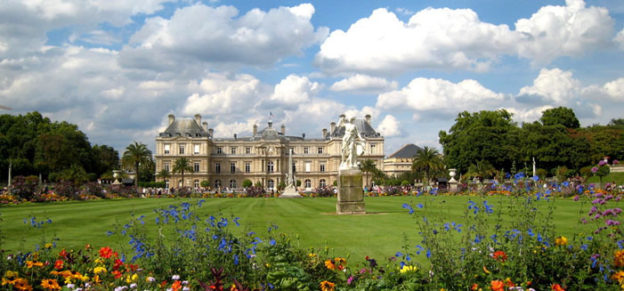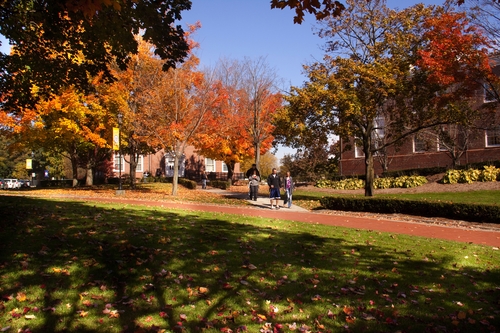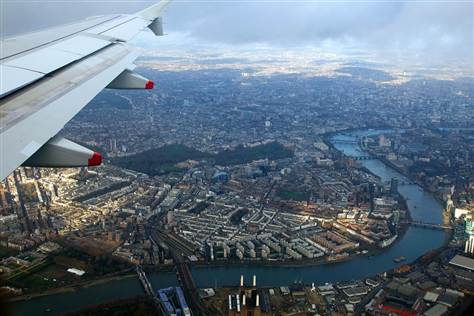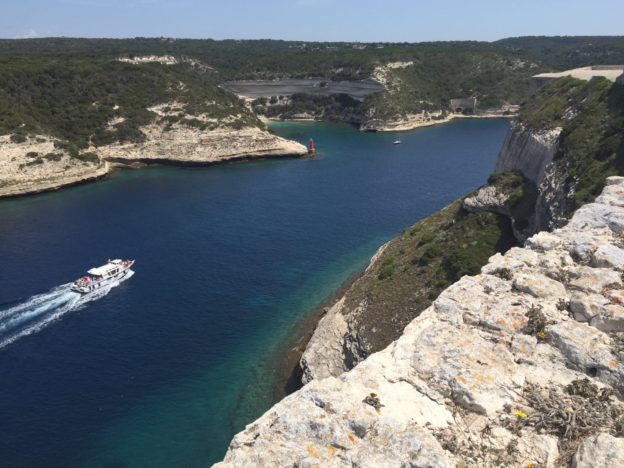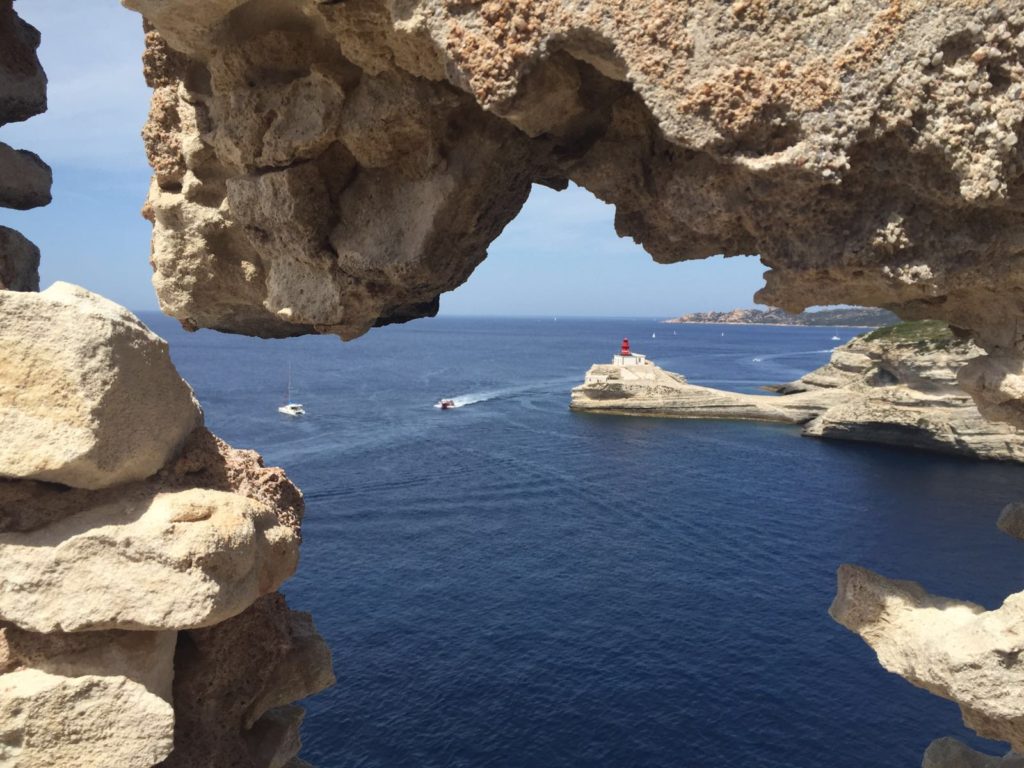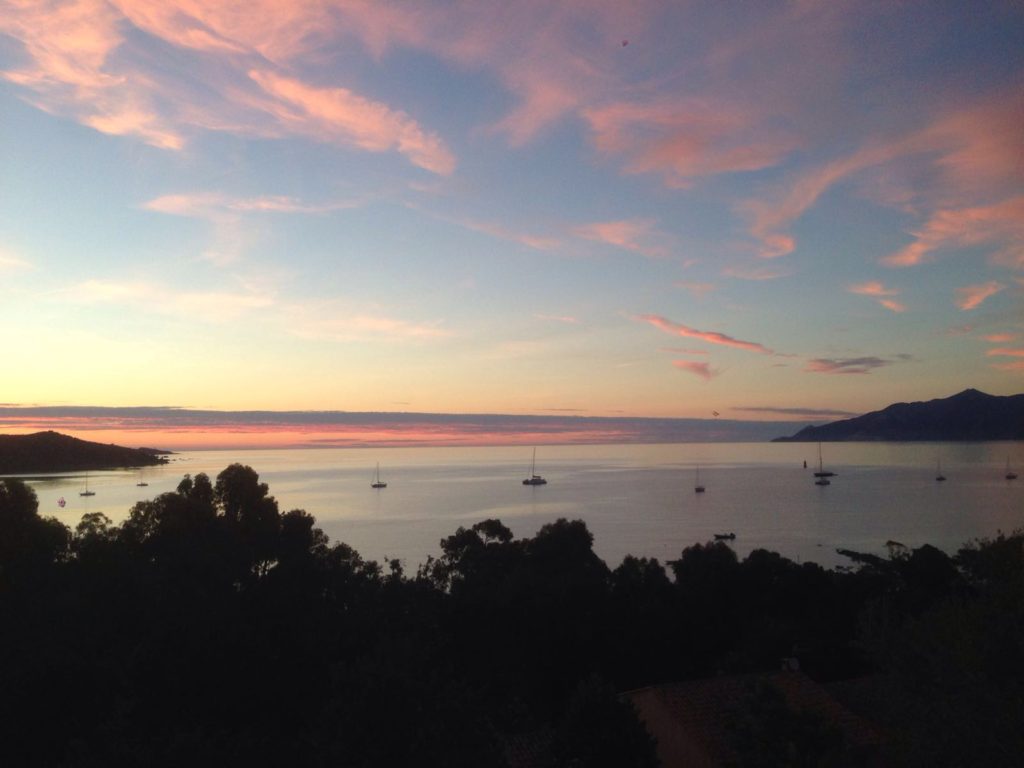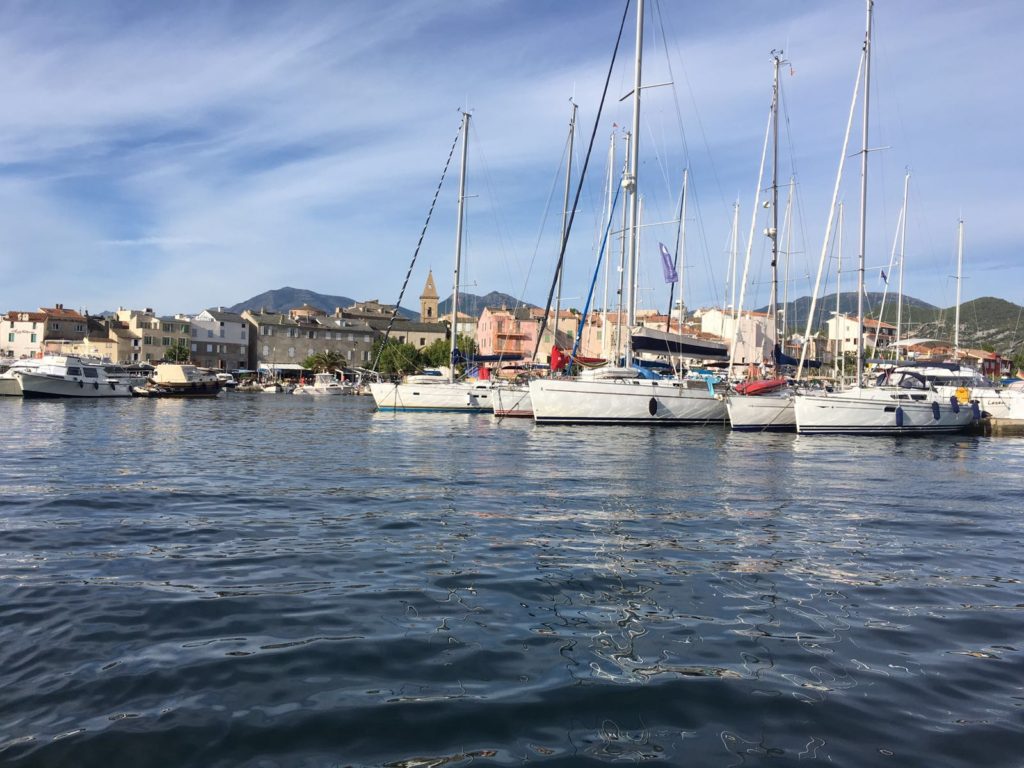I hadn’t been to the Marché aux Puces for 30 years. It’s a foggy memory but I know that we  went there because D was involved in antiques at the time. She needed some things for her shop and we needed some stuff for the house.
went there because D was involved in antiques at the time. She needed some things for her shop and we needed some stuff for the house.
Recently, a few days before we left for our trip in Paris, I was looking at a beautiful belle époque light fixture and I remembered that we had bought it at that flea market all those years ago. Low and behold, there I was on a rainy, Saturday morning in Paris heading out with the family to check it out again.
This time I did my homework in preparation. The Marché aux Puces is the largest flea market in the world and attracts around 12M visitors per year. But the key to this is that you have to get a map of the actual flea market. It is HUGE. The market has two entrances and both are off of Rue de Rosiers. We took the Metro and got off at the Porte de Clignancourt on Line 4. There is also a bus service to the heart of the marché – take the 85. From Clignancourt, it’s a bit of a hike on foot through the tacky peripheral shops selling t-shirts and cheap, nasty knick-knacks. But the treasure lies within from the street off the Rue de Rosiers. There are 14 submarkets, both indoors and outdoors wrapped around alleys and passageways; you name it, there are stands everywhere. The individual markets all have different names which you can see on the map. The more interesting items are on display as you go deeper inside the market.
The story of how the market evolved is interesting too. It started around the late 19th century when some enterprising folks began wandering the streets of Paris “moon fishing” – going through the discards of the wealthy neighborhoods (all quite legal) and bringing the haul to market at the decidedly less salubrious neighborhood around Clignancourt. Little by little, the fashionable and wealthy began spending their Sundays wandering the streets looking for things that probably belonged to them in the first place! Now the market is open Friday mornings (but this is mainly for dealers) and on Saturday and Sunday the stores are open 8 am to 6 pm. On Mondays, the dealers come again and you can make an appointment to meet with a vendor during the day.
There are lots of cafés and places to eat around and about the marché including one treasure inside of the market, the fun and lively Chez Louisette. This place is wild. Buried inside of the flea market, it’s an institution that started in the 1930’s. It’s a kitsch cabaret show of Edith Piaf songs and typical French fare. The food is really funky and un-chic from rabbit to beef bourguignon. This place is an original guinguette with singing, some dancing, and a wait staff filled with comedians. It’s worth a stop, if only for the show. Its hours are 8:30 am to 6:30 pm and it is only open on Saturdays, Sundays, and Mondays. Get there early because it is popular and attracts people from all over the world. Nobody goes there for the food – but it helps if you’re hungry!
The bottom line on the largest flea market in the world – this is the real deal. There are bargains and amazing things to discover. If you are planning to create a new interior to your house, you could do much worse from a financial point of view and ship a huge crate of this incredible stuff back. I am heading back in April just to buy a horse from a carousel!


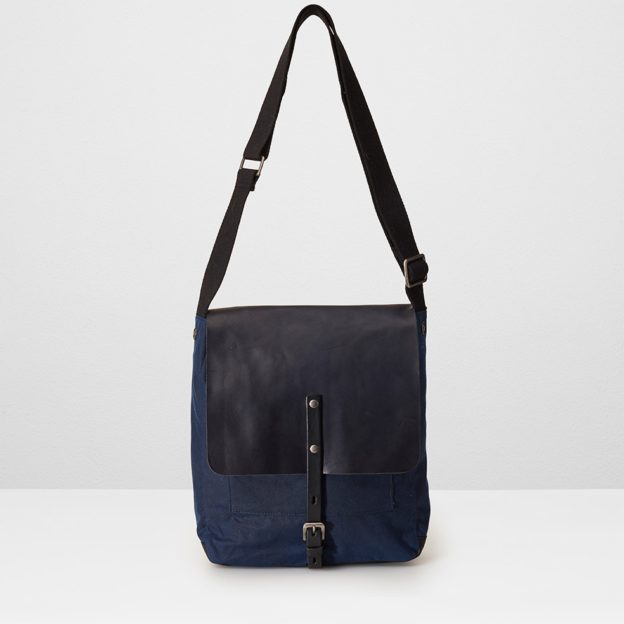
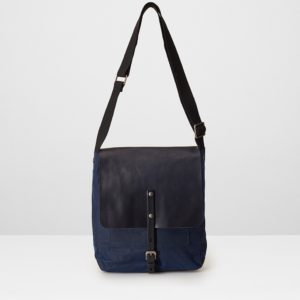 When I travel, I use a man bag. I can’t take all of the crap constantly in my pockets and don’t like those awful Italian hard bags that look ridiculous and nothing fits in them anyway. My usual travel attire is a backpack (Tumi) and another bag which is great for easy access on the plane for my headsets, iPad, Kindle, and passport. I use the backpack as an extra and sometimes I even pack it in my suitcase. I like to travel with a compact Briggs and Riley four-spinner suitcase. It’s always carry-on friendly and it fits above every plane but has an expandable pop out if you need it.
When I travel, I use a man bag. I can’t take all of the crap constantly in my pockets and don’t like those awful Italian hard bags that look ridiculous and nothing fits in them anyway. My usual travel attire is a backpack (Tumi) and another bag which is great for easy access on the plane for my headsets, iPad, Kindle, and passport. I use the backpack as an extra and sometimes I even pack it in my suitcase. I like to travel with a compact Briggs and Riley four-spinner suitcase. It’s always carry-on friendly and it fits above every plane but has an expandable pop out if you need it.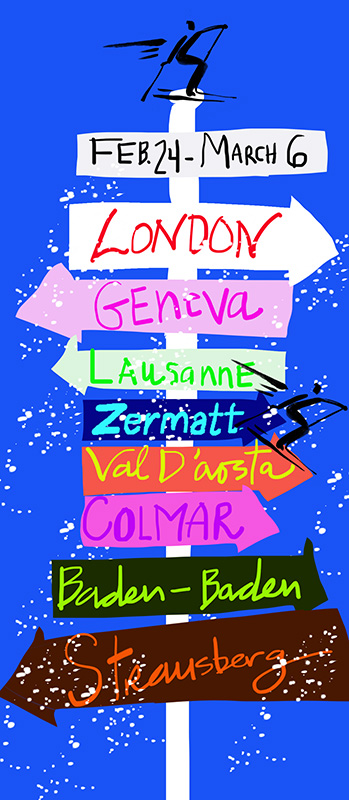
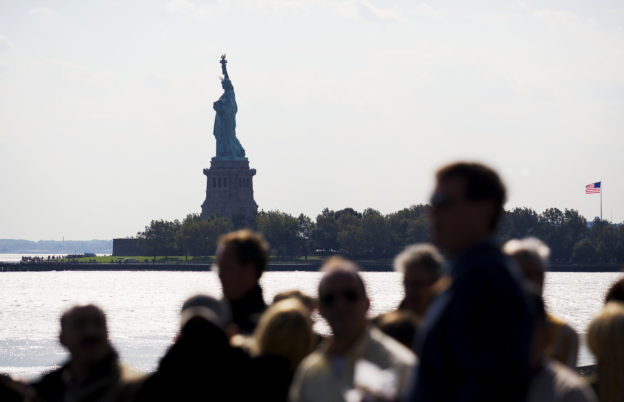
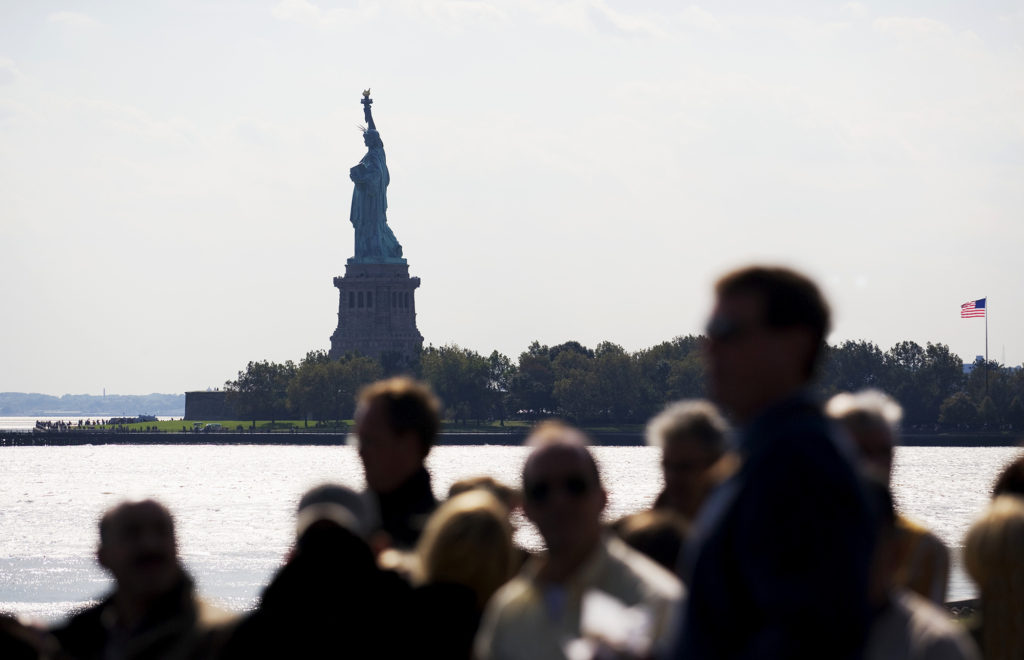
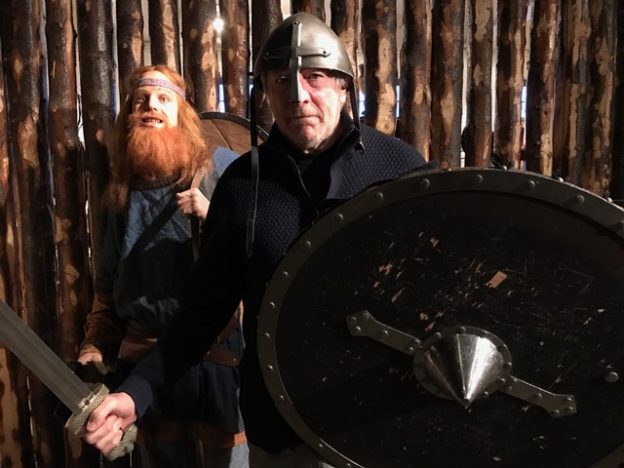
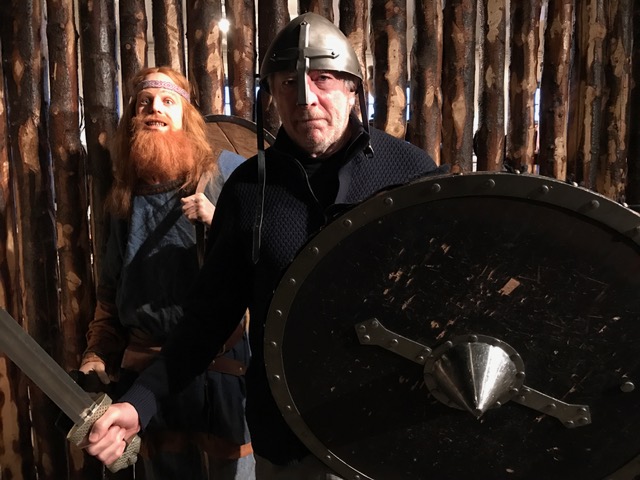


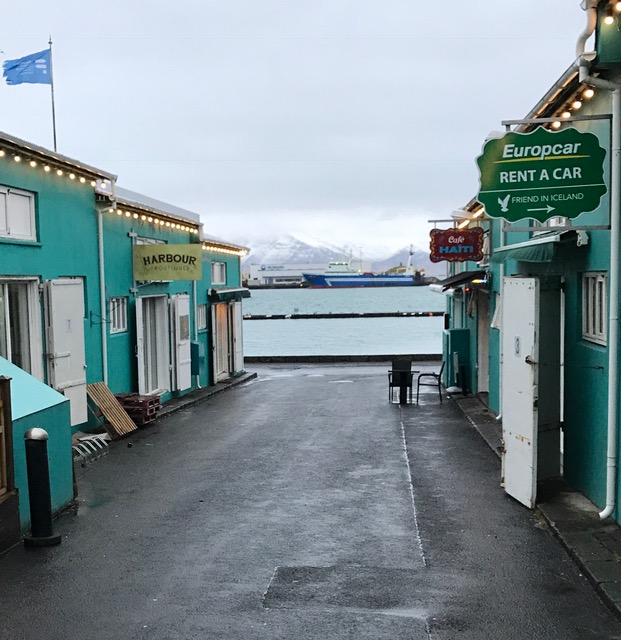 It’s the middle of winter, the snow has just started, the temperature is jumping down into the teens most days in Boston, and the days are desperately short. I know what, let’s go to Iceland for a winter break and get away from it all!! I know it sounds crazy and for sure it cannot match with a one-week getaway in the Caribbean, but in my mind it’s actually better than that. This, after all, is the land that the Vikings populated over 1,000 years ago and a chance for all of us to get a glimpse of where they lived and what Vikings really looked like. Believe me, not much has changed. Iceland has a population of just over 300,000 people. Believe it or not, everybody that you bump into on the street looks like they could have been a Viking or a Viking’s wife, and they all love it here.
It’s the middle of winter, the snow has just started, the temperature is jumping down into the teens most days in Boston, and the days are desperately short. I know what, let’s go to Iceland for a winter break and get away from it all!! I know it sounds crazy and for sure it cannot match with a one-week getaway in the Caribbean, but in my mind it’s actually better than that. This, after all, is the land that the Vikings populated over 1,000 years ago and a chance for all of us to get a glimpse of where they lived and what Vikings really looked like. Believe me, not much has changed. Iceland has a population of just over 300,000 people. Believe it or not, everybody that you bump into on the street looks like they could have been a Viking or a Viking’s wife, and they all love it here.